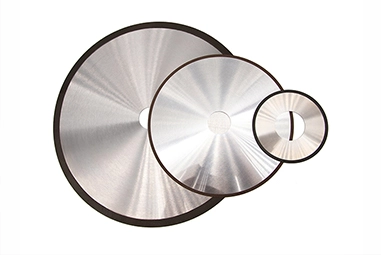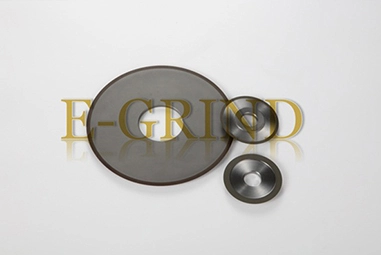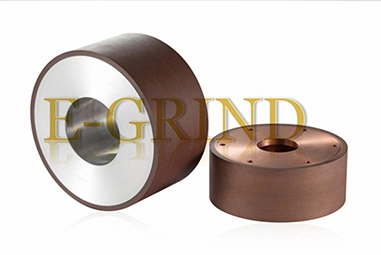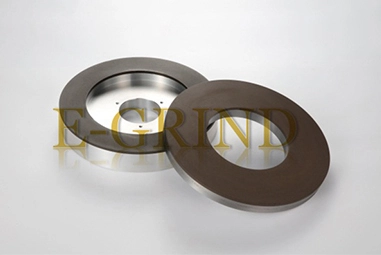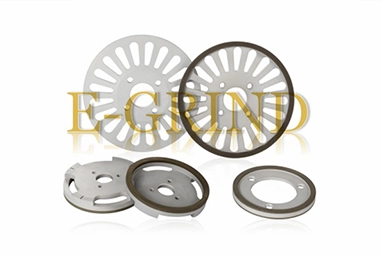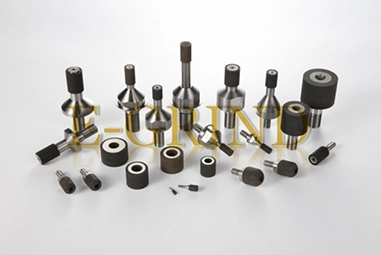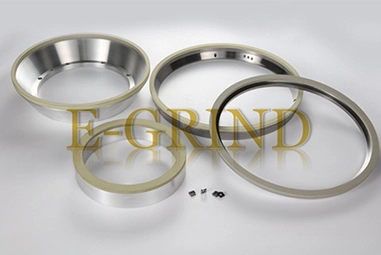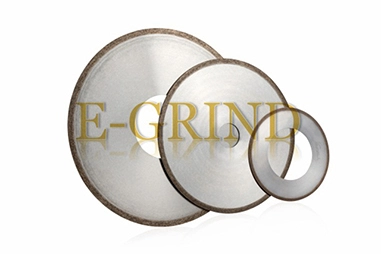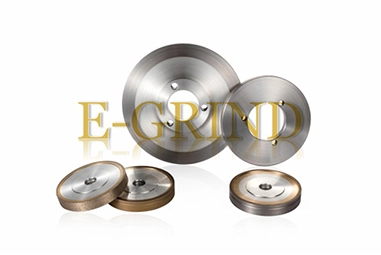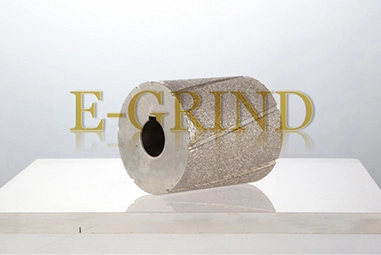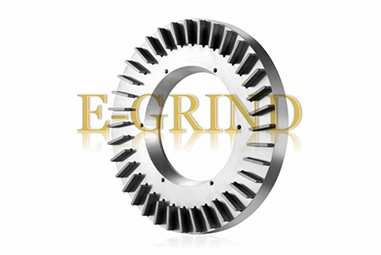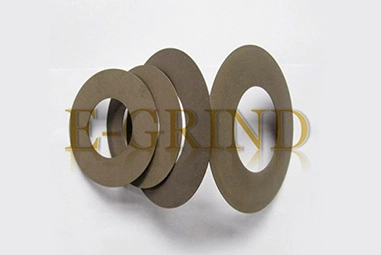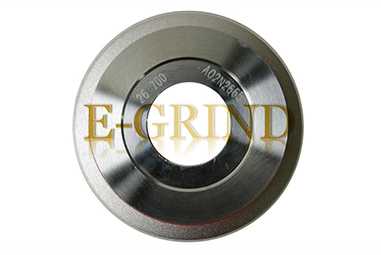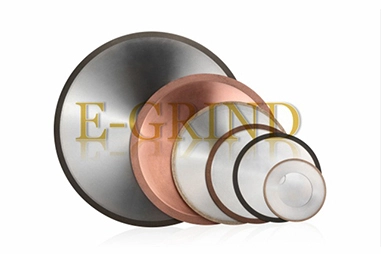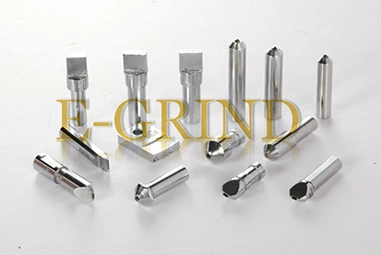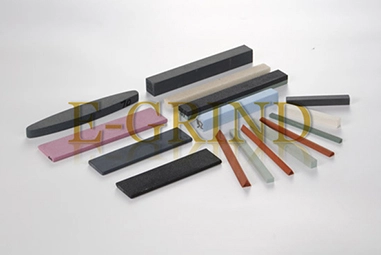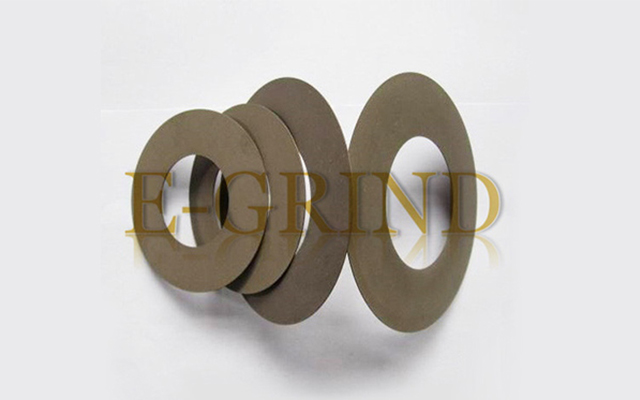On March 23, Jolywood, a leader in photovoltaic backplanes in Suzhou, issued a fixed increase plan to raise 2.5 billion yuan, mainly for the first phase of the monocrystalline battery smart factory. Eight days ago, Jolywood announced its entry into the upstream silicon material field, with a planned investment of 14 billion yuan.
This is not a single case. In the past year, in the photovoltaic industry chain, under the background of the excessively high concentration of the silicon material market, the gradual release of domestic silicon wafer production demand, and the rising overseas demand, high-priced silicon materials have become the focus of the photovoltaic industry, and leading companies have poured into the industry. field. According to incomplete statistics, the large-scale silicon material expansion plan of the leading company has reached nearly 270 billion yuan.
As China's photovoltaic powerhouse, Jiangsu has gathered about half of the country's key photovoltaic manufacturing enterprises. In this rush for "silicon" investment, Jiangsu has both old players in the industry expanding production, as well as downstream companies pouring money into upstream silicon material projects and new companies crossing borders.
As a "silicon recruit", wool textile giant Jiangsu Sunshine Group announced in December last year that it would invest 35.15 billion yuan to build a photovoltaic industry chain project, including 100,000 tons of polysilicon, 15GW of monocrystalline rods, 15GW of battery modules and photovoltaic power plants.
In addition, Wuxi CNC CNC, a "young player" who has entered silicon materials since 2019, also announced an additional investment of 11.8 billion yuan to expand production on February 25. Wuxi's Daquan Energy has also continued to expand and speed up production in recent years, and the scale of production capacity is often in the billions or tens of billions.
With tens of billions of investment, why is the market so crazy about silicon materials? Analysts believe that high demand and continuous price increases are the core reasons for this large-scale investment wave.
Relevant persons said that the expansion of silicon material requires a long construction time. In the industrial production cycle, the high industrial concentration makes the price of silicon material rise in the upstream and downstream game. According to the report of the Bank of Communications International and the data of China Photovoltaic Association, the top five photovoltaic silicon companies will account for 87.5% of the market in 2020, and the price of silicon will increase by 224% in 2021. Since the beginning of this year, the price increase of silicon material has continued. As of March 25, the price of silicon material has ushered in ten consecutive rises. Data from the Silicon Industry Branch of China Nonferrous Metals Industry Association shows that the price range of single crystal dense material is between 240,000 yuan and 251,000 yuan/ton, and the average transaction price has risen to 24.58 yuan. million/ton.
Lin Ruhai, executive vice president of the Silicon Industry Branch of China Nonferrous Metals Industry Association, once said that this round of silicon material price hikes is due to a phased mismatch of resources, resulting in the contradiction between supply and demand being amplified by all links in the industry chain. In this context, timely and effective expansion of production capacity is the key to standing out from the industry opportunities.
Generally speaking, the large-scale investment will definitely promote the overall development and upgrading of the industry. However, after the influx of enterprises, will it bring white-hot competition? Will there be an excess capacity of silicon material?
The reporter combed and found that many companies have responded. On the one hand, many companies choose to lock silicon material orders with downstream companies through long-term orders to resist the possible future competition in the Red Sea. Last month, Daqo Energy announced that it had won another four-year long-term order. At the end of 2020 alone, Shanghai CNC signed two tens of billions of sales contracts with Trina Solar and Risen Energy, totaling 21.5 billion yuan.
On the other hand, the market is generally optimistic about the price trend of silicon material in 2022 but does not think it will continue until 2023 or even 2024. A brokerage firm's e-news industry analyst said that the price of silicon material will remain high this year, but the accelerated release of production capacity this year and next year, it will promote a price correction.


